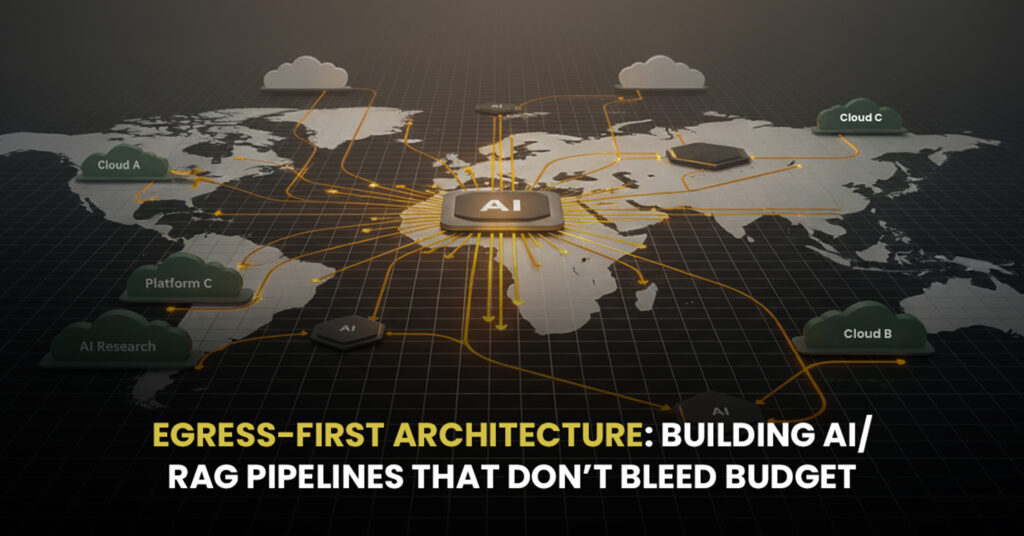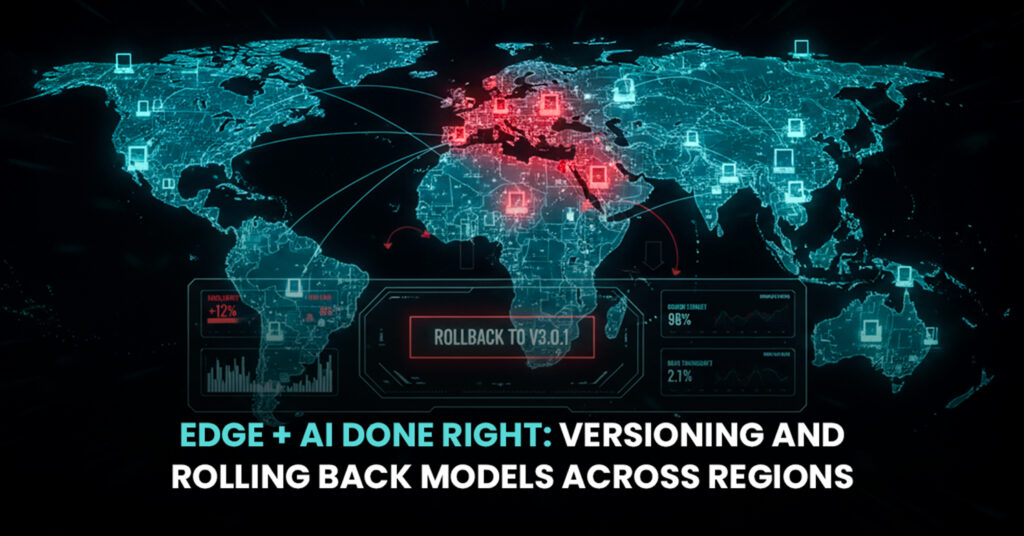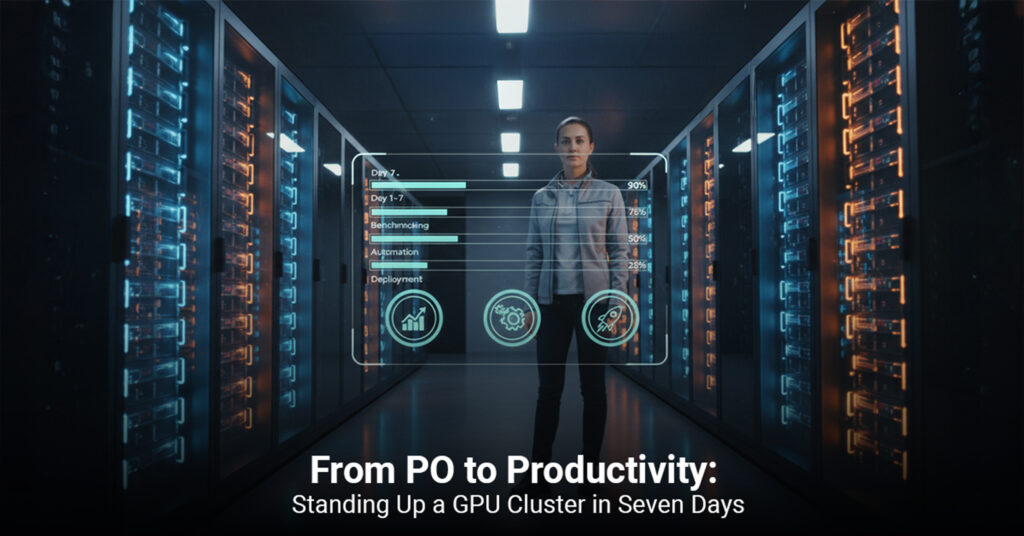The cloud computing landscape is constantly evolving, and one of the most exciting innovations on the horizon for 2025 is the rise of autonomous cloud pipelines. In a world where speed, efficiency, and reliability are critical, companies are looking for ways to ensure their cloud infrastructure runs smoothly without constant human intervention. Enter the concept of self-healing systems – cloud pipelines that can automatically detect, fix, and even anticipate problems before they disrupt services.
As businesses move into the future, these automated systems are poised to become the gold standard. But what exactly are autonomous cloud pipelines? And why should your organization care? Let’s take a deep dive.
What Are Autonomous Cloud Pipelines?
In simple terms, autonomous cloud pipelines are intelligent, self-managing systems designed to handle the deployment and integration of code in cloud environments. Traditional cloud pipelines typically require manual monitoring, intervention, and troubleshooting. If something goes wrong – whether it’s a failed deployment, a bug, or a system overload – developers have to step in to fix the issue.
Autonomous pipelines, on the other hand, use AI, machine learning, and automation to continuously integrate and deploy code while automatically correcting any issues that arise. These pipelines can learn from past problems and predict potential failures, leading to significantly reduced downtime and faster recovery.
The Rise of Self-Healing Systems in Cloud Environments
Now, let’s talk about the magic ingredient: self-healing systems. Imagine a digital ecosystem that not only knows when something goes wrong but can also fix the problem without anyone lifting a finger. That’s the essence of self-healing.
In a cloud environment, self-healing means that if a fault occurs – say, a server goes down or a piece of code fails – the system can detect the issue, initiate a recovery process, and restore the pipeline to normal operation. This healing process can range from simple restart mechanisms to more complex processes like shifting workloads across other servers, patching code, or rolling back to a previous stable state.
The combination of AI, predictive analytics, and real-time monitoring makes this possible. As the systems become smarter, they not only react to problems but also anticipate them, preventing issues before they even occur. This shift is especially important in a world where downtime is increasingly unacceptable, and businesses demand 24/7 uptime.
Benefits of Autonomous Cloud Pipelines
So, why should companies embrace autonomous cloud pipelines? Well, the benefits are pretty clear:
- Cost Efficiency
- Improved Reliability
- Faster Deployment
- Scalability
How Autonomous Cloud Pipelines Work: A Technical Dive
Let’s get a bit more technical (but don’t worry, it’s not too deep!).
Autonomous cloud pipelines leverage several key components that work together:
- Automation: These pipelines are built on continuous integration and continuous deployment (CI/CD) principles. This means that updates to code can be deployed automatically without waiting for manual intervention. Every time a developer pushes code, the system runs tests, integrates the code, and deploys it to production all without needing someone to push the button.
- Self-Healing Mechanisms: Imagine an issue arises with one of your services. The system doesn’t just sit and wait for a manual fix. It uses real-time fault detection to automatically reboot, scale, or reroute services based on pre-set recovery protocols.
- AI and Machine Learning: By analyzing historical data, machine learning algorithms can predict potential failures before they happen. If the system notices that a particular type of deployment has caused issues in the past, it can flag potential risks and reroute the process to avoid it.
- Example Technologies: Tools like Kubernetes and Terraform are integral in setting up these pipelines, providing automated orchestration of cloud infrastructure. These technologies allow businesses to configure, manage, and scale their cloud infrastructure in a way that is both efficient and resilient.
Case Studies: Companies Already Leveraging Autonomous Cloud Pipelines
Some companies are already taking advantage of autonomous cloud pipelines, and the results speak for themselves.
- Netflix: Netflix, known for its vast cloud infrastructure, uses chaos engineering to intentionally break things in order to test their systems’ self-healing capabilities. This proactive approach has led to incredibly resilient services, capable of bouncing back from disruptions with minimal human intervention.
- Google Cloud: Google uses AI-driven automation to ensure that workloads are distributed efficiently and that services are self-healing. By automating the detection and repair of system failures, Google ensures that users experience fewer disruptions.
Challenges to Consider
Of course, like any new technology, there are challenges to implementing autonomous cloud pipelines:
- Skill Gaps: Building and managing self-healing systems requires a deep understanding of cloud technologies and AI/ML algorithms. Companies may need to invest in upskilling their teams or bring in specialized talent.
- Complexity: While automation can make cloud management easier in the long run, setting up and maintaining these systems can be complex, especially in larger organizations with existing infrastructure.
- Resource Allocation: Transitioning to fully autonomous cloud systems may require significant investment in both time and money. However, the long-term benefits of improved efficiency and reduced downtime usually outweigh the initial costs.
The Future: Autonomous Cloud Pipelines in 2025 and Beyond
Looking ahead, the future of autonomous cloud pipelines is bright. By 2025, we expect to see even more widespread adoption of self-healing systems. Here’s what we can anticipate:
- Deeper Integration of AI and Quantum Computing: As AI and quantum computing continue to evolve, we’ll see even smarter cloud pipelines that can predict and prevent issues with even more precision.
- Total Automation: The idea of an autonomous cloud pipeline is to get to a point where human intervention is almost completely unnecessary. In the near future, businesses may have entire cloud ecosystems running automatically, only alerting IT teams when a major event happens (like a massive security breach).
- Greater Industry Adoption: More and more industries, from finance to healthcare, will begin to embrace autonomous cloud pipelines for their mission-critical systems. As these systems prove their worth, expect to see a dramatic rise in adoption rates.
Conclusion
Autonomous cloud pipelines are more than just a buzzword; they’re a revolution in how businesses manage their cloud infrastructure. By embracing these systems, organizations can reduce costs, improve reliability, and scale seamlessly. While the technology is still evolving, it’s clear that self-healing cloud pipelines will be a core part of the cloud infrastructure landscape by 2025.
For businesses looking to stay ahead of the curve, the time to start investing in autonomous systems is now. Whether you’re just getting started with cloud infrastructure or already managing a complex ecosystem, the future is automated, intelligent, and resilient, and it’s coming fast.



